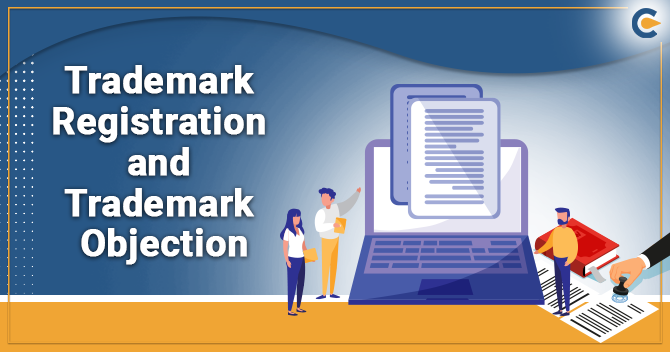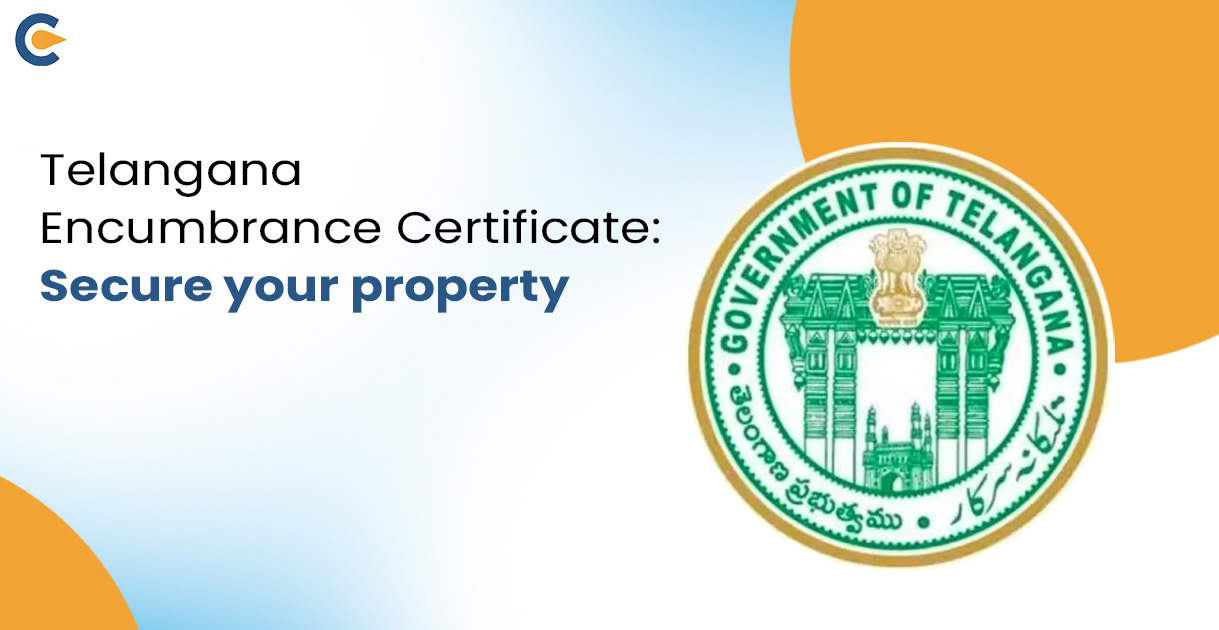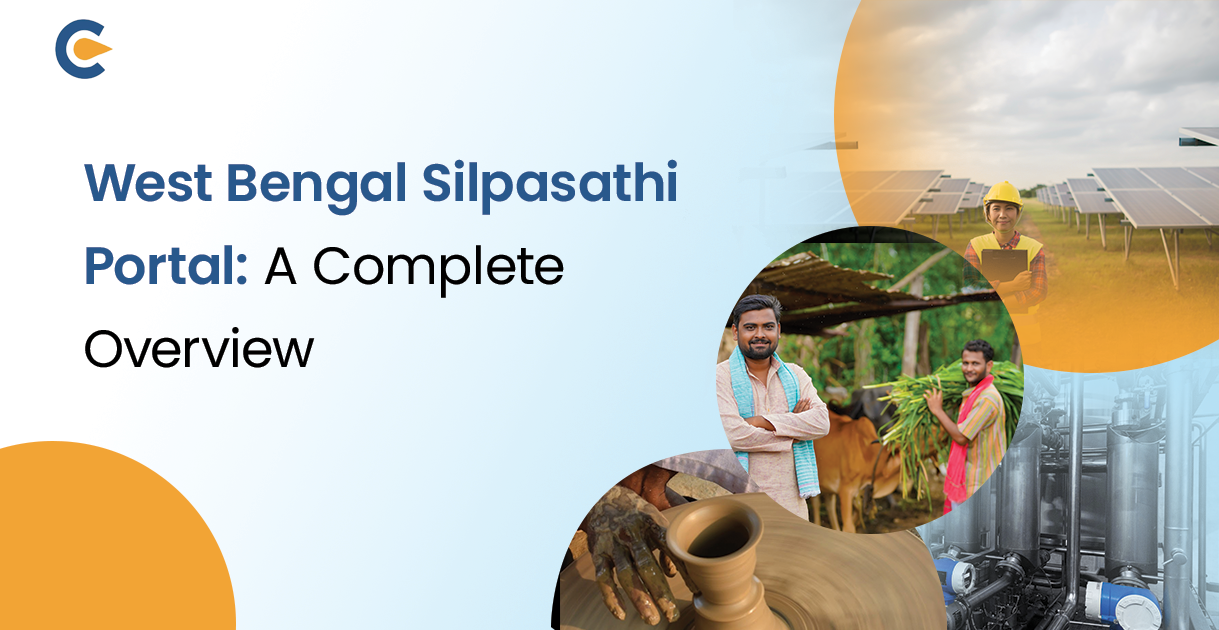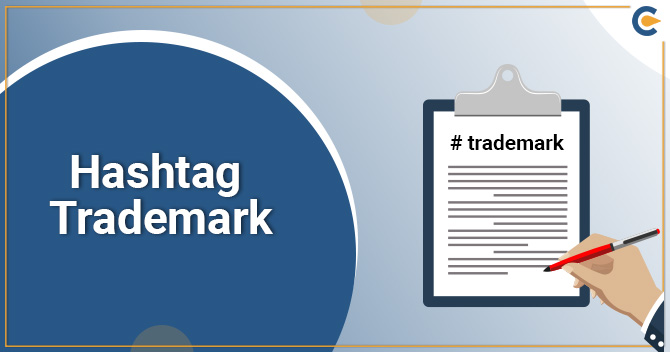A trademark is a type of intellectual property that protects the unique brand names, logos, symbols used to sell the goods and services. Generally, in India, it is not compulsory to register trademarks but it is advisable to register a trademark.
The registrar can reject, accept, or ask for modifications and amendments too. He can also accept the application subject to certain limitations. If there is any objection found in the application by the registrar, the applicant is informed in writing about the process for Trademark objection. A prescribed time is given to the applicant for rectification of the issue.
The Procedure for Registration of a Trademark in India
The procedure for the registration of trademarks is prescribed under section 18 of the Trademarks Act, 1999(hereinafter referred to as ‘Act”).
Trademark Search
Before registration of trademarks, it is very important to do a thorough research of already registered trademarks and pending applications of trademarks. The search for existing trademarks and pending applications can be done on the website of the Office of Controller General of Patents, Designs, and Trademarks.
Identifying the Classes of Goods and Services
The 4th Schedule of the Trademarks Rules 2002 provides for the classification of goods and services. There are a total of 45 classes classified in the fourth schedule. It is very important to choose the class in which you seek protection for your trademark. India follows the Nice Classification system for the classification of goods and services.
Filing of Trademark Application
Trademark application has to be filed with the trademark registrar after the search for a trademark is completed. Delhi, Kolkata, Mumbai, and Chennai are the four offices for the registrar of trademarks.
The application should be filed in the registry under whose jurisdiction the primary place of business of the applicant falls. The Trademark application form is generally called a Form TM-1. The TM-1 form is to be submitted with the required documents and the prescribed fees.
Details Required to be Mentioned in the Trademark Application
Following details are required to be specified in the application for trademarks:-
- Name, address, and nationality of the applicant.
- Nature of the party (Incorporation, Partnership, Proprietorship)
- Types of trademark.
- Class of Goods & Services under which the trademark is to be filed.
- Language of the Trademark.
- Translation of the trademark, if required.
- Date of first use, if any.
- Jurisdiction of the trademark in case of any dispute.
Documents Required to be submitted along with Trademark Application
The following documents are required to be submitted while filing along with the trademark application-
- Copy of the logo.
- Power of Attorney.
- Statement of use.
- Priority application, if needed.
- MSME certificate, if any.
- Incorporation Certificate or Partnership deed.
E- Filing of the trademark application can also be done on the official website of the Office of Controller General of Patents, Designs, and Trademarks.
Verification by the Trademark Registrar
After the application of a trademark has been made, the registrar verifies the uniqueness of the trademark, by checking the existing and pending trademarks. The registrar can reject, completely accept, or ask for modifications and amendments.
He can also accept the application subject to certain limitations. If there is any trademark objection found in the application by the registrar, the applicant is informed in writing about the objection. A prescribed time is given to the applicant for rectification of the issue.
Process for Trademark Objection
Even after the trademark is published, a third party can challenge the registration of the trademark.
The detailed process for Trademark objection proceedings will be described below-


Filing of the process for Trademark Objection Application
Section 21 of the Act prescribes the procedure for raising an Objection against the registration of the trademark. Within four months of the publication of the trademark, an Objection application can be filed by submitting the TM-O form along with the specified fees.
This application is reviewed, and if the registry feels satisfied, a notice is served to the opposite party. The requirements of the notice of process for Trademark Objection is prescribed under Rule 43 of the Trademark Rules, 2017 (hereinafter referred to as ‘Rules’).
Filing of a Counter Statement
A counter-statement has to be filed by the original applicant of the trademark against the Objection within a period of two months from the date of receipt of the notice. The counter-statement has to be filed on a TM-O form along with the prescribed fees.
If no counter-statement is filed within this period, the application is considered to be abandoned by the applicant. Such counter-statement is also reviewed by the registry. Rule 44 provides the details on filing a counter-statement. A counter-statement is also to be verified by the registry according to the Sub Rule (2), (3), and (4) of Rule 43.
Evidence in Support of the process for Trademark Objection
According to Rule 45, the Objection can present the evidence in support of his claim within two months from the service of a copy of a counterstatement. He can also abstain from submitting any evidence if he wants to rely on facts, but he has to inform this to the applicant and the Registrar.
Evidence in Support of Trademark Application
As provided under Rule 46, the applicant can also submit any required evidence in support of his application within a period of 2 months from the service of copies of evidence provided by the opposite party. If he does not take any action within this period, the application is considered to be abandoned by the applicant.
Evidence in Reply
Within one month of the service of copies of evidence provided by the applicant, the opposite party can provide the evidence in reply with the evidence furnished by the applicant. If the Registrar feels necessary, he can allow any party to provide further evidence.
Hearing and Decision
After the submission of the evidence, the registrar sets up the hearing for which both the parties are notified. The parties have an option of adjournment of the hearing for a reasonable cause by filing a TM-M form along with the prescribed fee. The number of adjournments is restricted to 2 for each party.
The Registrar after hearing to the parties and examining the evidence decides whether the trademark should be registered or not. The decision of the Registrar is communicated in writing to both the parties, to the addresses provided by them.
International Registration of Trademarks
The world has a global economy, so any company wants to expand its businesses in other countries. To ensure the selling of the products and services in other countries, it is necessary to register trademarks. The registration of trademarks is territorial in nature. It is necessary to file individual applications to register trademarks in different countries.
The Madrid Protocol is the most effective way of registering a trademark in many countries. Around 91 countries have joined the Madrid Protocol. India is a member of the Madrid Protocol since 8th July, 2013. Madrid Protocol is very useful and cost-effective than filing an individual application to every country.
Conclusion
Section 21 of the Trademark Act[1] prescribes the process for Trademark Objection. The registrar can reject, completely accept, or ask for modifications and amendments. He can also accept the application subject to certain limitations.
Read our article: Will it be a Violation of Trademark norms if someone Else is using Your Trademark?











